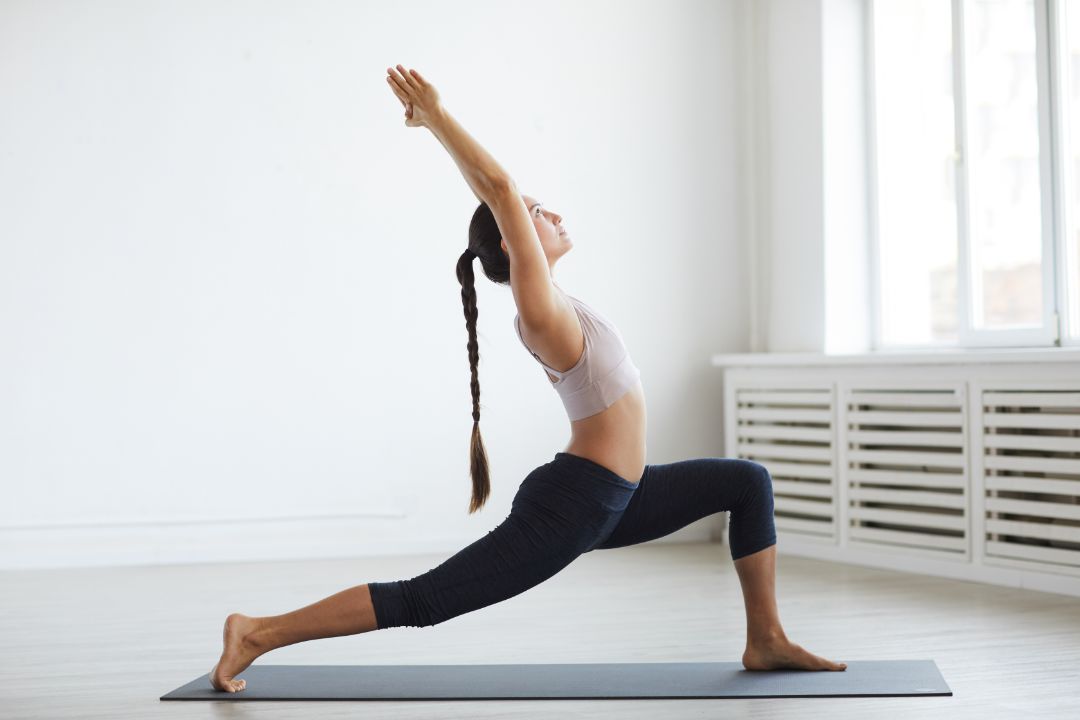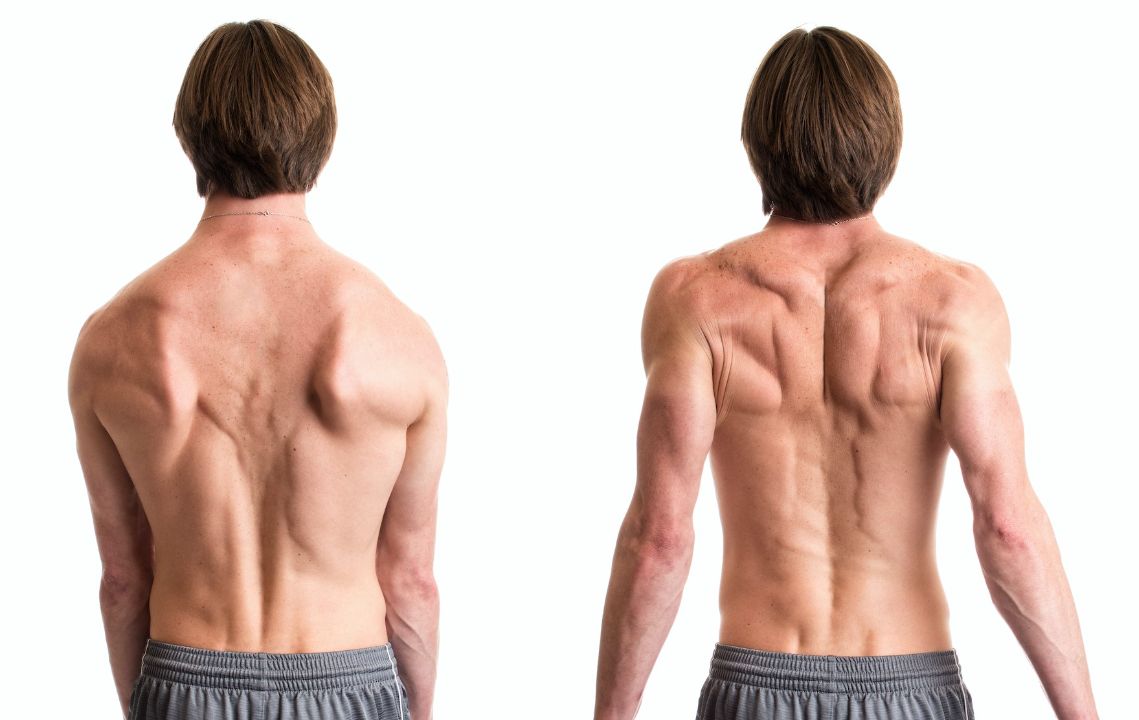Good posture is essential for overall health and well-being. Many of us spend hours sitting at a desk or hunched over a phone, leading to poor posture and various health problems. Fortunately, there are effective methods for improving posture, including using posture braces, exercises, and correction techniques.
Good posture is essential for overall physical health and well-being. Maintaining proper alignment of the body can help prevent injuries, reduce pain, and improve breathing and circulation. Also, good posture can enhance confidence and improve physical appearance.

Photo Credit: DragonImages, Envato
The benefits of good posture are vast. People who practice good posture typically experience less back and neck pain compared to those with poor posture. Proper alignment can also lead to better digestion and decreased fatigue. When the body is aligned correctly, it can function at its optimal level, allowing for improved physical performance and greater endurance.
Many people suffer from bad posture, leading to back pain, neck pain, and other health problems. It’s important to identify and correct bad posture to maintain good health and prevent future problems. Some common signs of bad posture include rounded shoulders, a hunched back, and a forward head position.
By incorporating these exercises and tips into your daily routine, you can identify and correct bad posture and maintain good posture for a healthier, pain-free body.
Posture braces are specially designed devices that help to improve posture by providing support and promoting proper alignment of the spine. They are typically worn around the shoulders and back, and are designed to gently pull the shoulders back and align the spine in a natural and healthy position.
Posture braces can be particularly useful for individuals who spend long hours sitting or standing in one position, as they can help to prevent slouching and promote good posture habits. They can also be helpful for individuals who have suffered from back or neck injuries, as they can help to alleviate pain and discomfort by providing additional support to the affected area.
In addition to providing support and promoting proper alignment, posture braces can also help to retrain the muscles responsible for maintaining good posture. By wearing a posture brace regularly, individuals can help to strengthen the muscles in their back and shoulders, which can lead to improved posture over time.
While posture braces can be an effective tool for improving posture, it is important to note that they should only be used as part of a comprehensive approach to posture correction. This approach may also include exercises and stretches designed to strengthen the muscles that support good posture, as well as lifestyle changes designed to promote good posture habits throughout the day.

Photo Credit: AnnaStills, Envato
Here are some simple yet effective exercises and stretches that can help improve your posture:
Remember to consult with your doctor or a certified fitness professional before starting any new exercise routine, especially if you have any pre-existing medical conditions or injuries.
Good posture is essential for maintaining a healthy body and preventing injury. Here are some practical tips to help you maintain proper posture throughout the day:
By incorporating these tips into your daily routine, you can maintain proper posture and avoid common posture problems.
Achieving optimal body alignment is essential for maintaining good posture and preventing injuries. Correcting your posture and aligning your body properly can improve your physical performance and reduce the risk of chronic pain and discomfort. Here are some effective posture correction techniques that can help you achieve optimal body alignment.
Wall angels are a simple yet effective exercise that can help improve your posture and promote optimal body alignment. Stand against a wall with your feet shoulder-width apart and your back flat against the wall. Slowly raise your arms up and down, making sure to keep your elbows, wrists, and knuckles against the wall at all times. Repeat for 10 to 15 reps.
Hip bridges are a great exercise for strengthening your glutes and lower back muscles, which are important for maintaining good posture. Lie flat on your back with your knees bent and your feet flat on the ground. Lift your hips up towards the ceiling, engaging your glutes and lower back. Hold for 3 to 5 seconds, then lower back down. Repeat for 10 to 15 reps.
The standing cat-cow stretch is an excellent exercise for improving posture and aligning your spine. Stand with your feet shoulder-width apart and your hands on your hips. Inhale and arch your back, pushing your chest forward and your hips back. Exhale and round your back, tucking your chin into your chest. Repeat for 10 to 15 reps.
Shoulder blade squeezes are a simple exercise that can help improve your posture and correct rounded shoulders. Sit or stand up straight and squeeze your shoulder blades together, holding for 3 to 5 seconds. Release and repeat for 10 to 15 reps.

Photo Credit: Atlantic Spine Specialists
By incorporating these posture correction techniques into your fitness routine, you can achieve optimal body alignment and maintain good posture. Always listen to your body and consult a healthcare professional if you experience any pain or discomfort during these exercises.
Good posture is crucial for overall health and well-being. It helps reduce back and neck pain, improves breathing and circulation, enhances confidence, and promotes a better physical appearance.
Common signs of bad posture include rounded shoulders, slouching, and a forward head position. To correct bad posture, you can perform exercises and stretches specifically designed to address these issues.
Posture braces are devices that provide support and promote proper alignment. They can help retrain the muscles responsible for maintaining good posture and achieve perfect posture.
Absolutely! Some various exercises and stretches can help improve posture. These exercises target the core muscles, upper back, and neck to strengthen and align the body properly.